Admission Open - 2025
PhD (Management Sciences) - NOC Awarded ADMISSIONS OPEN FOR FALL 2025
Admission Open - 2025
PhD (Management Sciences) - NOC Awarded ADMISSIONS OPEN FOR FALL 2025

The decades-long IMS (Pak-AIMS) legacy to facilitate students has been a continuous source of motivation for those students who intend to enter in the field of higher education for their brighter future. In continuation of the same, the worthy Rector, IMS, has been kind enough to further support students engaged in academic research through overcoming their problems assessed as a consequence of evaluation of their research work. Hence, in pursuance of his instructions to realize the national higher education objectives through IMS pursuit for quality assurance laid down in line with the HEC Graduate Policy 2023, following research guidelines are being set in the best interest of our students. The document provides comprehensive guidelines and policies aimed at ensuring the highest standards of academic research at IMS (Pak-AIMS) facilitating MPhil and PhD researchers and faculty alike, outlining the essential steps in research work, from selecting a research area to the final submission of a dissertation. It would further help to maintain academic integrity, ensure methodological soundness, and contribute to the advancement of knowledge relevant to national and global perspectives for meaningful and impactful research.
Note: The research synopsis is a foundational document that outlines the research framework. It includes the title, literature review, research objectives, methodology, and instrument(s) to be used. Researchers must ensure the clarity, coherence, and relevance of each section, particularly the theoretical framework and research questions, to set the groundwork for the dissertation. The methodology should clearly describe the research approach, target population, sampling techniques, data collection and analysis methods.
Each MPhil/PhD researcher shall write a doctoral dissertation reflecting relevance, credibility, effectiveness, and legitimacy of the research. The dissertation must be an original and innovative contribution to knowledge that contributes to solving socioeconomic problems. To improve the quality of a doctoral dissertation, some regulations have been suggested in the following areas:
Note: It outlines the key principles for selecting a research area, including alignment with community needs, national priorities, and UN Sustainable Development Goals through originality and innovation in MPhil/PhD research contributing towards solving socioeconomic problems. Key factors for dissertation quality include clear reporting, methodological rigor, and alignment with study objectives. Both qualitative and quantitative research should be conducted with attention to reliability, validity, and ethical standards.
The PhD dissertation must be evaluated by:
OR
For MPhil External Evaluation, the following protocol would be observed:
Note: The document underscores the critical importance of preventing plagiarism and ensuring academic integrity and the final defense is supposed to be publicly accessible, fair, and objective, providing a platform for the researcher to demonstrate their work quality and significance.
For award of PhD degree, a PhD researcher shall be required to publish research articles meeting the following criteria:
Note: A requirement for the award of a PhD degree is the publication of research articles in recognized journals. PhD students must publish at least one article in a high-impact journal related to their research work. This encourages academic dissemination and positions the research within the broader academic community
Note: Supervisors play a crucial role in guiding students through the research process. They are responsible for ensuring that students adhere to research timelines, maintain proper documentation, and integrate IMS guidelines. Supervisors also help students in terms of proofreading, revisions, and preparing their dissertation for submission and defense.
Note: The title of all preliminary pages should be printed in upper case, 14 font size bold, and centralized
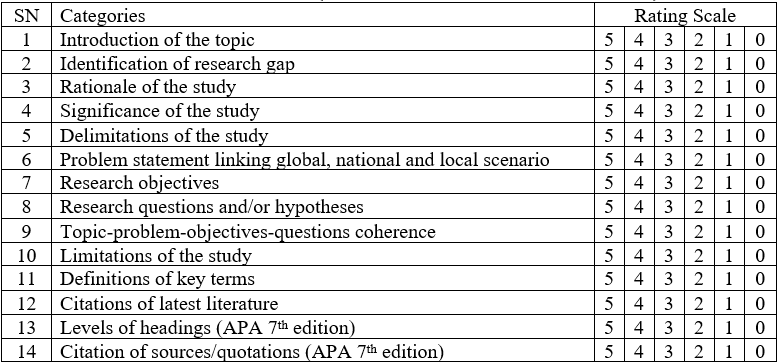
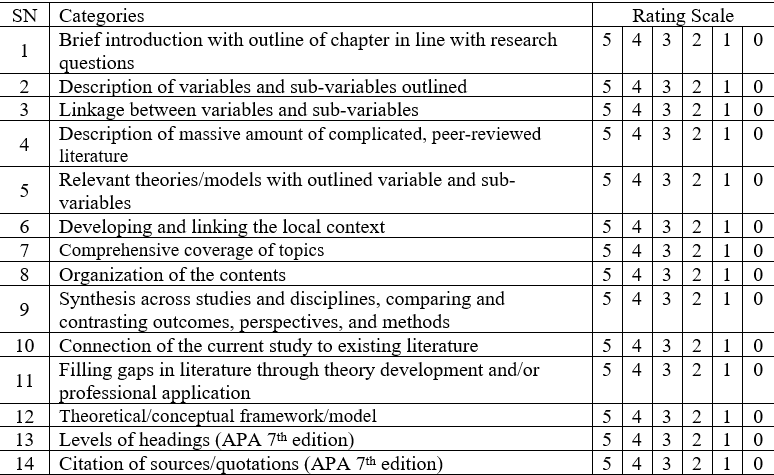
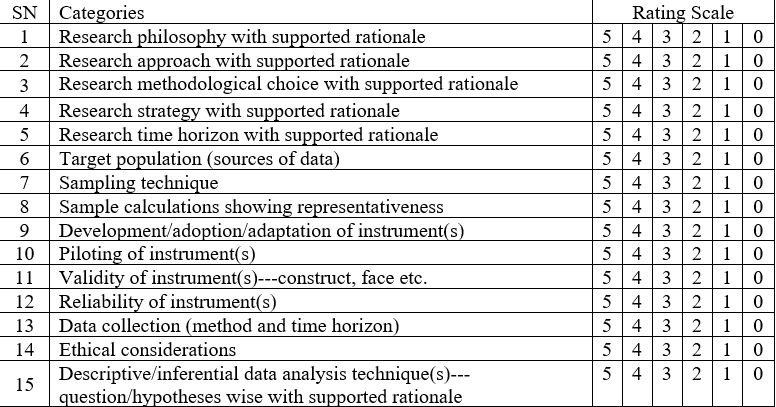
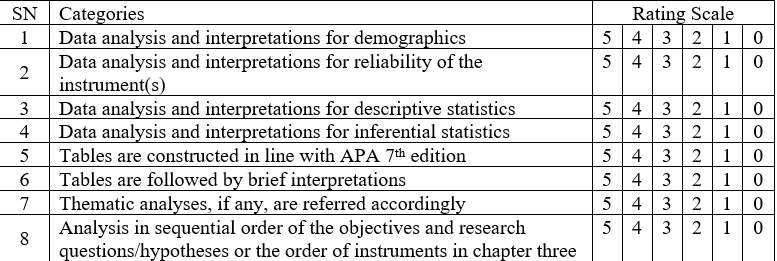
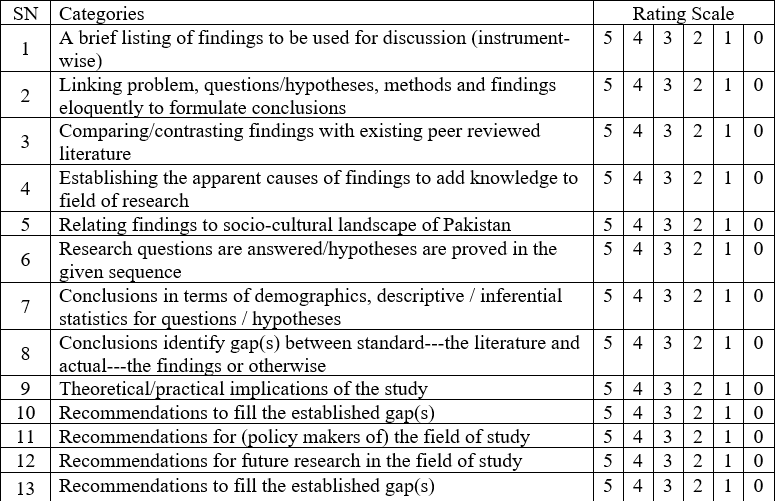


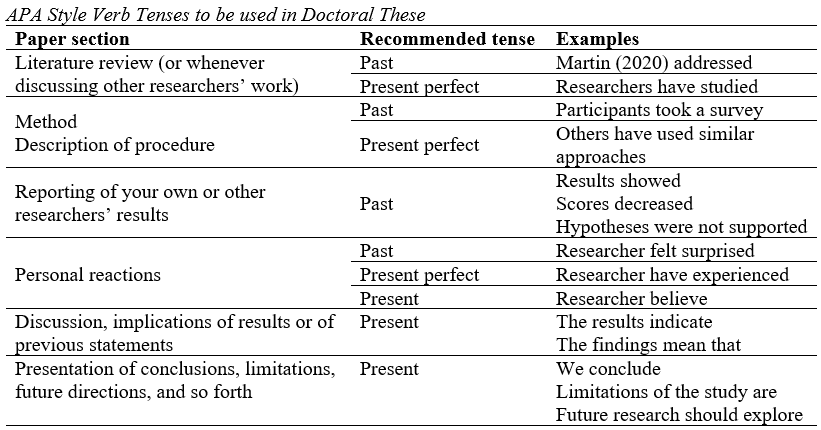
Left: 3.81 cm (1½”)
Top: 2.54 cm (1”)
Right: 2.54 cm (1”)
Bottom: 2.0 cm (0.75”)
MPhil: Black
The spine of thesis should show name of the author in the middle, and year of approval at the bottom across the width.
Note: This section provides detailed guidelines for the formatting of MPhil/PhD theses, ensuring consistency and adherence to academic standards. Students must follow specific requirements for preliminary pages, chapters, and references, including adherence to APA style (7th edition) ensuring uniformity and professionalism.
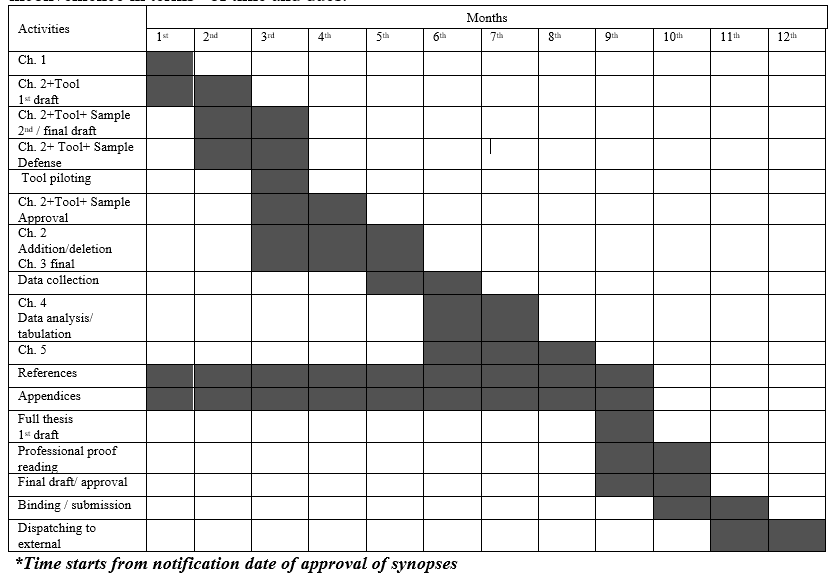
Note: The timeline for research work submission is crucial to ensure that students meet the deadlines for approvals, review of literature, instrument development/validation/piloting, data collection, write-ups, submissions/revisions and publications etc.
Conclusion
The IMS Research Regulations are vital for guiding MPhil and PhD researchers towards clarity, integrity, standardization, transparency, uniformity, accountability and reliability of the research process to help researchers contribute meaningfully in realizing the national higher education objectives for sustainable development of the country.